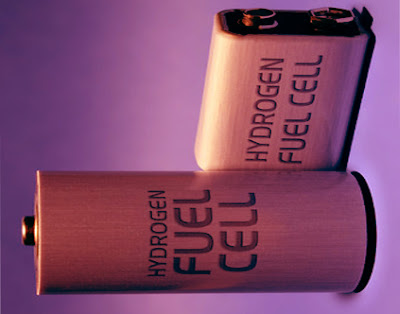Wednesday, 4 November 2015
The fuel cell
The fuel cell is main oxygen or other oxidizing agent via a redox reaction, the chemical energy in the fuel cell is converted into electrical energy. The most common fuel is hydrogen a number of hydrocarbons such as natural gas, alcohols, and methane as fuel may also be used. Unlike primary cells of the fuel cell, because of the need of oxygen and fuel When set of sources to ensure the operation of the power supply. The advantage of this battery is that it can provide uninterrupted and stable power, until the fuel runs out.
In 1839, British physicist William Grove produced the first fuel cell. The first fuel cell applications in which NASA space missions in the 1960s to provide electricity for the detectors, satellites and space capsule. Since then, the fuel cell began to be widely used in industrial, housing, transportation and other aspects, as a basic or back-up power supply unit.
Today life in the presence of a variety of fuel cells, but they are basically about the same principle of operation, must contain an anode, a cathode and an electrolyte to make a charge through the battery poles. DC transmitted electrons from the anode cathode, to form a complete circuit. The fuel cell is based on using a variety of different electrolytes and battery size classification, and therefore become more diversified type of battery, also use more extensive. Due to the individual fuel cell count, a single cell can only be a relatively small output voltage, about 0.7V, so fuel cells in series or fractional multiple manufacturing a group, in order to increase the voltage to meet the application requirements.
On the other hand, will produce a fuel cell producing electricity and hot water, based on different fuels, it is possible to produce a very small amount of nitrogen dioxide and other substances, pollution of the environment is less than the original battery, is a green energy source. Energy efficiency of the fuel cell is usually between 40-60%; if the use of waste heat is captured, the energy efficiency of its cogeneration up to 85%.
